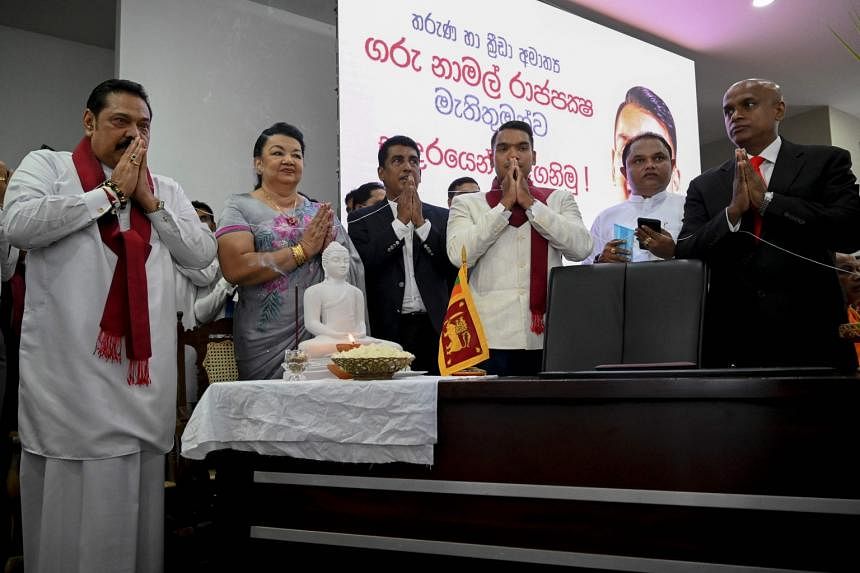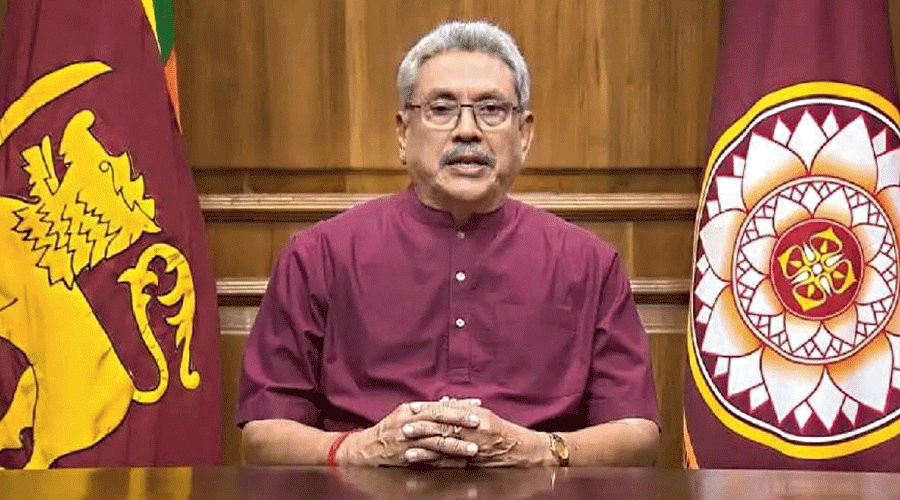Sir Mohamed Farah — Britain's most successful track athlete — has revealed he was the victim of illegal trafficking when he was a child.
Key points:
The Olympian was forced to do housework and childcare and wasn't allowed to attend school for three years
Since becoming a British citizen, Farah has become the country's most successful male track distance runner
In a documentary titled "The Real Mo Farah" due to air on the BBC this week, Farah said he was flown to the United Kingdom from Djibouti at the age of nine by a woman he had never met, given a new name, and then was forced to look after another family's children.
"The truth is, I'm not who you think I am," he said.
The long-distance runner had previously said he came to the UK from Somalia with his parents as a refugee.
"The real story is I was born in Somaliland, north of Somalia, as Hussein Abdi Kahin.
"Despite what I've said in the past, my parents never lived in the UK.
"When I was four, my dad was killed in the civil war. As a family, we were torn apart. I was separated from my mother and I was brought into the UK, illegally, under the name of another child called Mohamed Farah."
Farah said he was staying with family in Djibouti when he was introduced to a woman he had never met, who then flew him to the UK under false pretences.
He said she told him he was going to stay with a relative in England before providing him with fake travel documents that showed his photo next to another person's name.
When they arrived, Farah was taken to the woman's house in Hounslow, west London.
"I had all the contact details for my relative and, once we got to her house, the lady took it off me and, right in front of me, ripped them up and put it in the bin.
"At that moment, I knew I was in trouble."
He said he was then forced to do housework and childcare, "if I wanted food in my mouth", and that the woman threatened to never let him see his family again if he spoke out.
He was not allowed to attend school for the first few years of his life in England, but eventually enrolled at Feltham Community College when he was 12. It was there that he met Alan Watkinson, a physical education teacher, who fostered his athletic abilities.
Farah eventually confided in Watkinson about his past, with the teacher contacting social services and helping him move to another Somalian foster family.
"I still missed my real family but, from that moment, everything got better," Farah said.
"I felt like a lot of stuff was lifted off my shoulders, and I felt like me. That's when Mo came out — the real Mo."
Watkinson also helped Farah apply for British citizenship under his current name, which was granted in July 2000.
Although it was technically obtained under a false name, no action will be taken by the UK Home Office to remove his citizenship as children are not deemed complicit in gaining citizenship by deception according to government guidelines.
Farah has since become the most-decorated athlete in British athletics with 10 global titles, including four Olympic gold medals and six World titles, making him the most successful British male track distance runner in history.
He was awarded a CBE in 2013 and was knighted by Queen Elizabeth II in 2017 for his services to athletics.
He said he wanted to share his story to shine a light on modern-day trafficking and slavery.
"I had no idea there was so many people who are going through exactly the same thing that I did. It just shows how lucky I was."







